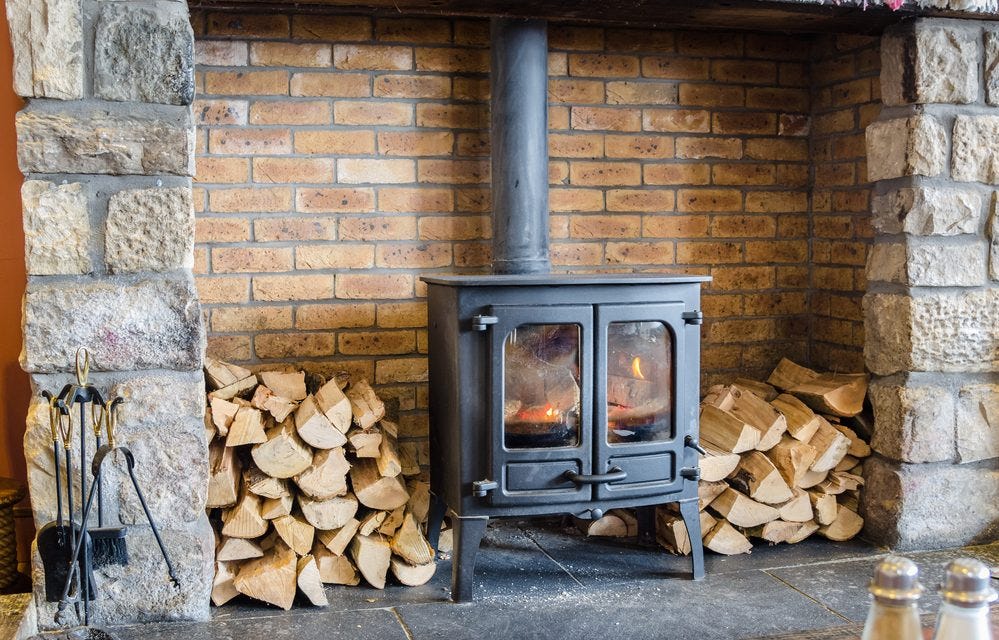Emissions screening is completed in EPA-approved check laboratories utilising the EPA’s given protocol. When screening for emissions, a nailed-together “demand” of kiln-dried Maple is burned, and the particulate matter in the fatigue is tested throughout the duration of a few shoots at various draft get a handle on settings. In this manner, the average grams/hour particulate emissions status is derived. Heating performance is not assessed all through EPA emissions testing.
The heat productivity rankings could be misleading. In deciding a optimum temperature productivity score, check labs utilized by manufacturers (usually applying wood fuel) pack the firebox filled with lumber and turn the draft control broad open. This raging, short-duration fireplace is just the alternative of how persons burn their wood stoves, and can be misleading: if the only thing you look at is the maximum temperature result score, a small wood oven with a truly big air absorption may appear just like strong as the biggest wood stoves.
Some producers use the temperature productivity score from EPA screening, which uses softwood fuel. Yet another way these results can be unreliable is that non-catalytic timber ranges tend to produce a larger maximum temperature result, but that alone doesn’t suggest they’ll create more heat over an seven time burn up routine, which is really a more applicable performance indicator. The effect is that you can not examine the warmth production of stoves since the reviews aren’t standardized.
The estimated square feet of space the wood oven will heat. Several makers display very large stages like 1,000 to 2,000 square legs or recommend the maximum region the system will heat. The cause of the major stages and vague estimates is a particular timber oven may heat 1,000 sq. ft. in Maryland, but just a 500 sq. ft. house in New Hampshire as a result of climate difference. Furthermore, a classic house could have twice the warmth loss of a new house of exactly the same size in the same climate zone.
Also, the design of the house can materially affect capacity. For example, if your home is divided into many little areas, you most likely won’t manage to shift the warmth about the rest of your home, so the sq footage standing is worthless to you. And last but not least, a oven burning softwood will released not as temperature per firebox load than it’ll burning a hardwood. Heating capacity reviews centered on sq footage are unreliable.
Optimum projected log burning stoves burn time. Burn time depends upon wood species and humidity material, and on what significantly temperature becomes necessary through the burn. How long will confirmed range burn up about the same fill of wood? The only reasonable solution is: It depends. One advantage of catalytic wood ovens is that the great kinds can deliver a lowered burn up charge over an extended period than non-catalytic timber ranges and though burn clean. Nevertheless the disadvantage of these extended burn occasions is that the doorway glass seems to obtain dirty at very low firing rates. In other words, a oven that’s a claimed burn off time of five hours may possibly not be greater or even more convenient to use than one that delivers an ten hour burn.
